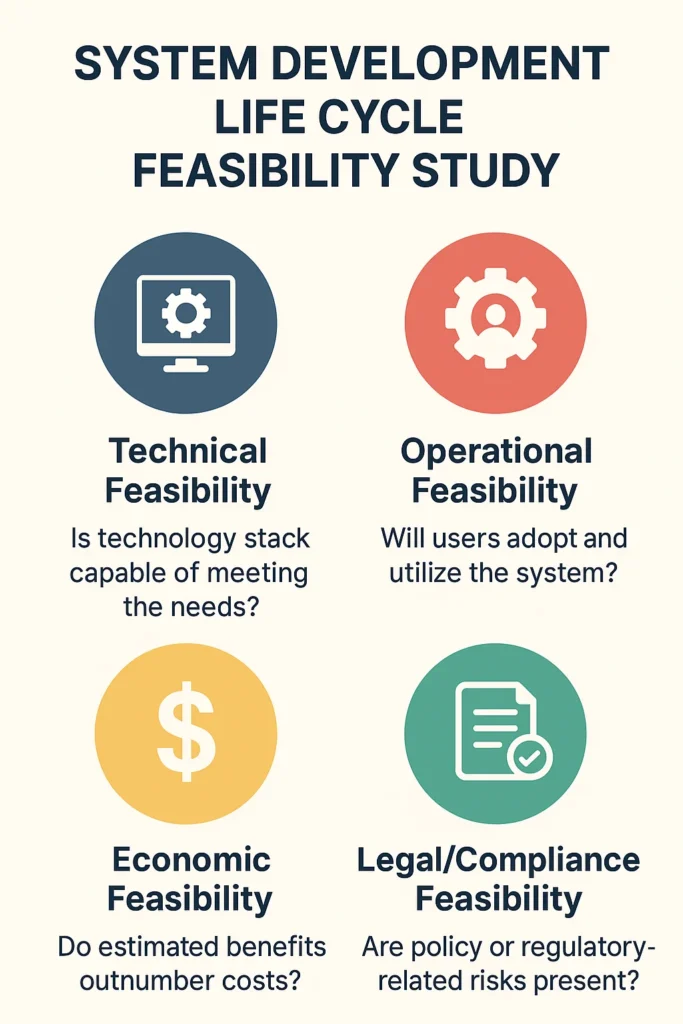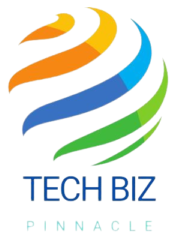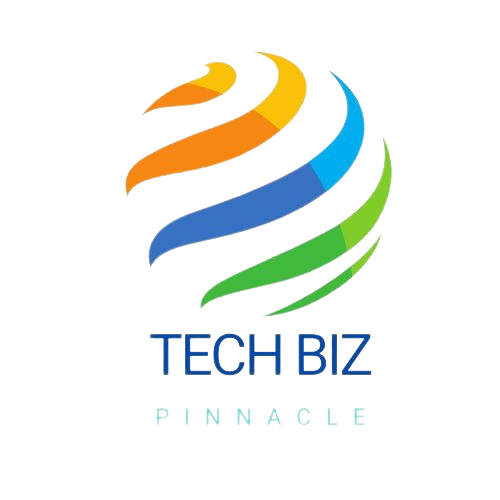With the rapid digital economy of the current times, organisations are under greater pressure to provide secure, scalable, and reliable software at velocity. The system development life cycle (SDLC) is still the basis for building successful software solutions, but planning strategies have changed significantly by 2025. From life cycle systems engineering to automated development life cycle practice, IT leaders in the current times are rethinking design, testing, and delivery of systems.
This article will explore the meaning of system development, highlight proven strategies shaping the SDLC in 2025, and analyze key phases—including feasibility studies, installation, and ongoing user lifecycle considerations. We’ll also address new domains such as the automotive software development lifecycle, IT lifecycle management, and optimized software development lifecycle environments.
Understanding the Meaning of System Development
In essence, system development is the methodical process of designing, implementing, and executing computer software applications or information systems that satisfy business and user needs. It is technical engineering as well as organizational policy bridging, and its backbone is digital transformation initiatives.
System development policy is strictly necessary in the case of standardisation, compliance, and security in industries. Policies govern how data is processed by teams, they reduce risks, and they follow compliance, particularly critical in healthcare, finance, and motor vehicle manufacturing.
Analysis development is an initial and recurring phase of system development, wherein requirements are collected, workflows analyzed, and feasibility determined. In 2025, AI-based analytics software is reshaping this phase, automating documentation as well as validation of requirements.
System Development Life Cycle Feasibility Study

A feasibility study is the starting point of every SDLC, which will consider whether a suggested system is feasible, cost-effective, and congruent with strategic goals. This phase solves basic questions:
1.Technical Feasibility – Is technology stack capable of meeting the needs?
2.Operational Feasibility – Will users adopt and utilize the system?
3.Economic Feasibility – Do estimated benefits outnumber costs?
4.Legal/Compliance Feasibility – Are policy or regulatory-related risks present?
software, and predictive cost-benefit analysis using machine learning to reduce this phase while improving accuracy.
List and Describe the Major Phases of System Installation
While installation is often only one phase of the SDLC, it’s a benchmark of importance for effective system implementation. The major phases of system installation are:
1. Preparation Phase – Hardware, cloud infrastructure, and network infrastructure are set up.
2. Pilot Testing Phase – Pilot deployment is employed to identify any possible bugs, security risks, or usability gaps.
3. .Full-Scale Deployment Phase – After stabilization, the system is deployed throughout the organization.
This is the First Step in the Systems Design Phase
In SDLC terminology, the first step of the systems design cycle is requirements to system specifications. This includes developing architecture diagrams, data models, and workflow designs. In 2025, model-driven development tools and artificially intelligent design experts will have transformed this step by enabling engineers to develop designs programmatically based on regulatory as well as performance standards.
Software Development Life Cycle Environments
The success of SDLC largely relies on its controlled development and testing environments. Typical environments are:
Development Environment – Where coding is performed and unit testing.
Testing/QA Environment – It is used for integration testing, performance testing, and regression testing.
Staging Environment – A production-ready simulation used for last-minute testing.
Production Environment – The live environment where the end-users consume the software.
User Life Cycle and Its Importance
The user life cycle goes beyond the system, encompassing a concern for end-user use of technology over time. They involve:
1.User on Boarding – Tutorials, documentation, and training.
2.Active Use – Routine use of the system.
3.Support and Maintenance – Bug fixing, help-desk support, and feature additions.
4.User Exit or Transition – Off boarding when users or systems are retired.
Lifecycle Systems Engineering in 2025
Life-cycle systems engineering is a systems thinking methodology that combines engineering processes across every phase of a system’s life cycle. It delivers sustainability, security, and compliance from the very beginning.
Today’s systems engineering entails:
Digital twins to simulate real-time performance.
Predictive maintenance with AI to prolong system life.
Sustainability metrics to deliver environmentally friendly IT life cycle management practices.
Automation Development Life Cycle
Automation software development life cycle automates repetitive SDLC operations of deploying, testing, and monitoring code. Develops and Airdrops product leaders this space up to 2025, with capabilities of:
1. Automated function, security, and compliance test suites.
2. Deep monitoring to discover and repair issues before they affect users.
3. Automation enables faster, wiser delivery with fewer human errors.
Automotive Software Development Life Cycle
The automotive industry needs an industry-specific SDLC because of regulations and safety-critical needs. The life cycle of auto software includes:
1.Requirement Definition – Adherence to ISO 26262 automotive safety standards.
2.Model-Based Design – Model-based vehicle system modeling using simulation tools.
3.Testing & Verification – Stringent real-world and laboratory testing.
4.Deployment & Updates – Vehicle Ecu integration and OTA (over-the-air) updates.
IT Life Cycle Management
The IT life cycle constitutes IT planning, acquisition, implementation, operation, and disposal of IT resources. Contemporary IT leaders incorporate this with SDLC for complete governance. Cloud-first IT life cycle strategies to reduce hardware expenditures.
Asset tracking by AI to anticipate system obsolescence.
Green IT policies, for ensuring environmentally friendly decommissioning of retired systems.

